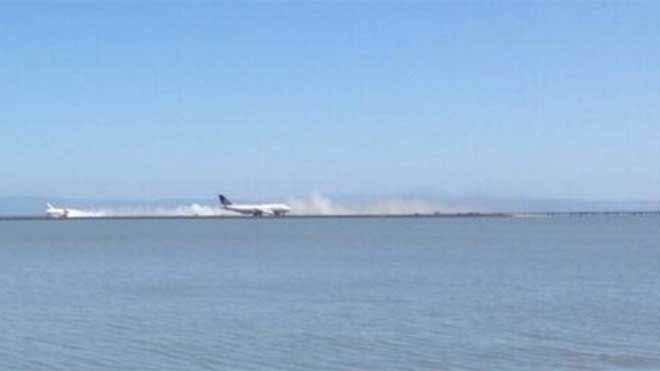PilotAlan
Pattern Altitude
- Joined
- Sep 26, 2009
- Messages
- 1,775
- Display Name
Display name:
PilotAlan
A super-hi res pic of the entire debris field and ground path.
http://media.zenfs.com/en_us/News/R..._GM1E9770NWQ01_RTRMADP_3_USA-CRASH-ASIANA.JPG
From the picture, here's what it looks like:
The LEFT engine went off the RIGHT ride of the runway
The airplane spun counterclockwise about 310 degrees
The right engine is the one against the right side of the fuselage (I know that seems intuitive, but never assume)
The airplane was significantly off centerline when it struck the seawall
Initial impressions, and they could be wrong. I am not an aircraft investigator, but I was a traffic homicide investigator for 15 years.

 ).
).

